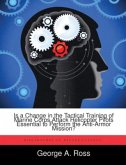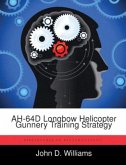Using qualitative methods, this thesis summarizes the present capability of the attack helicopter to operate effectively in a battlefield environment characterized by intense, sophisticated air defense. Given the demonstrated survivability, options for employment of attack helicopters should be expanded to include aggressive, decisive employment against critical targets behind the enemy forward positions. Chapter VI of the thesis discusses the expanded options in some detail. The thesis also proposes that the Army's organizational basis for attack helicopter doctrine/tactics is inadequate and lacks necessary unity; the question of an Aviation Branch should be re-examined. Also, the present division of roles/missions between the Army and Air Force may be counterproductive to development of effective, comprehensive battlefield aviation employment doctrine. Current US Army attack helicopter doctrine is not complete. The thesis demonstrates that the tank-killing helicopter mission paramount in current doctrine is not the only appropriate role; in fact, it is probably not the best role. Attack helicopter capabilities far exceed the operational requirements reflected in current doctrine.
Hinweis: Dieser Artikel kann nur an eine deutsche Lieferadresse ausgeliefert werden.
Hinweis: Dieser Artikel kann nur an eine deutsche Lieferadresse ausgeliefert werden.








